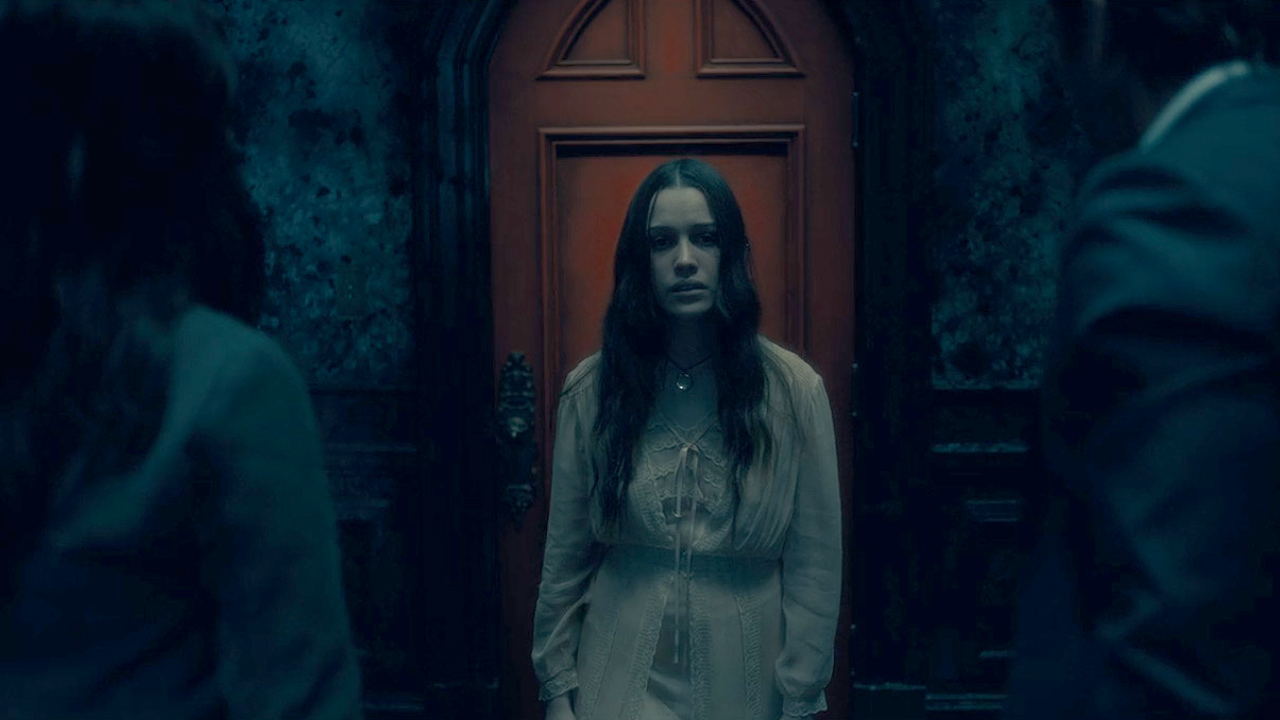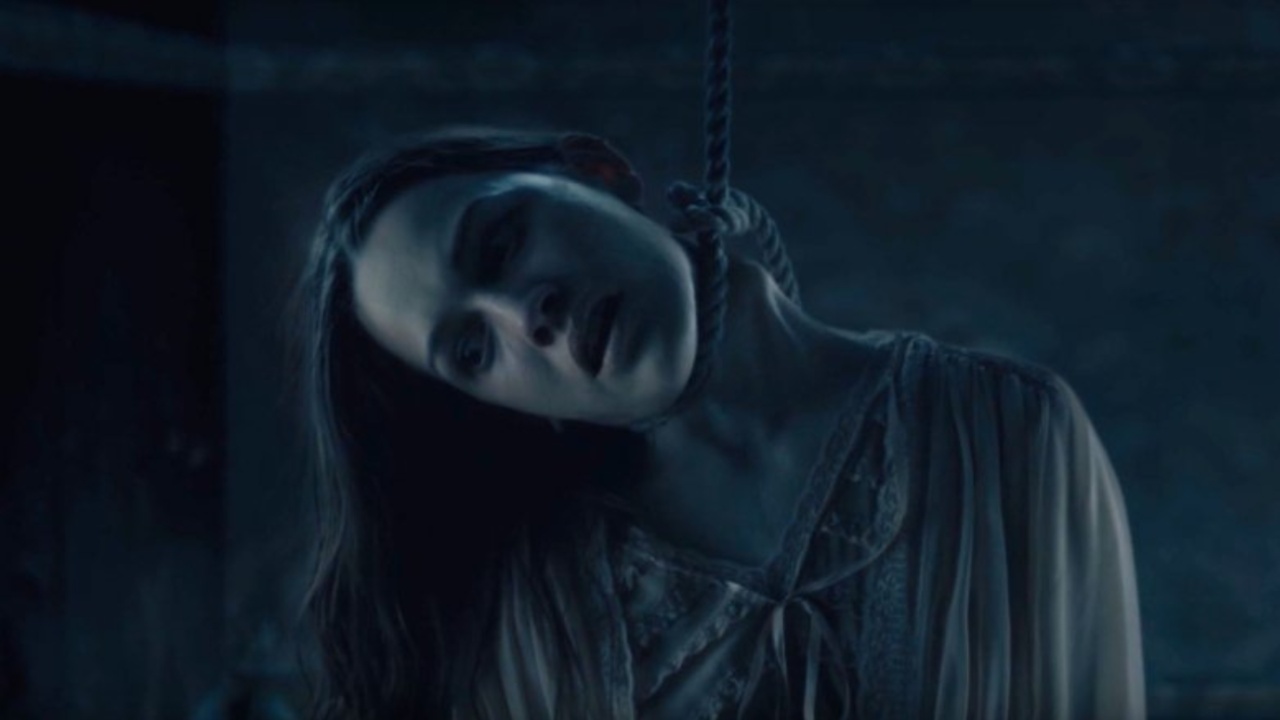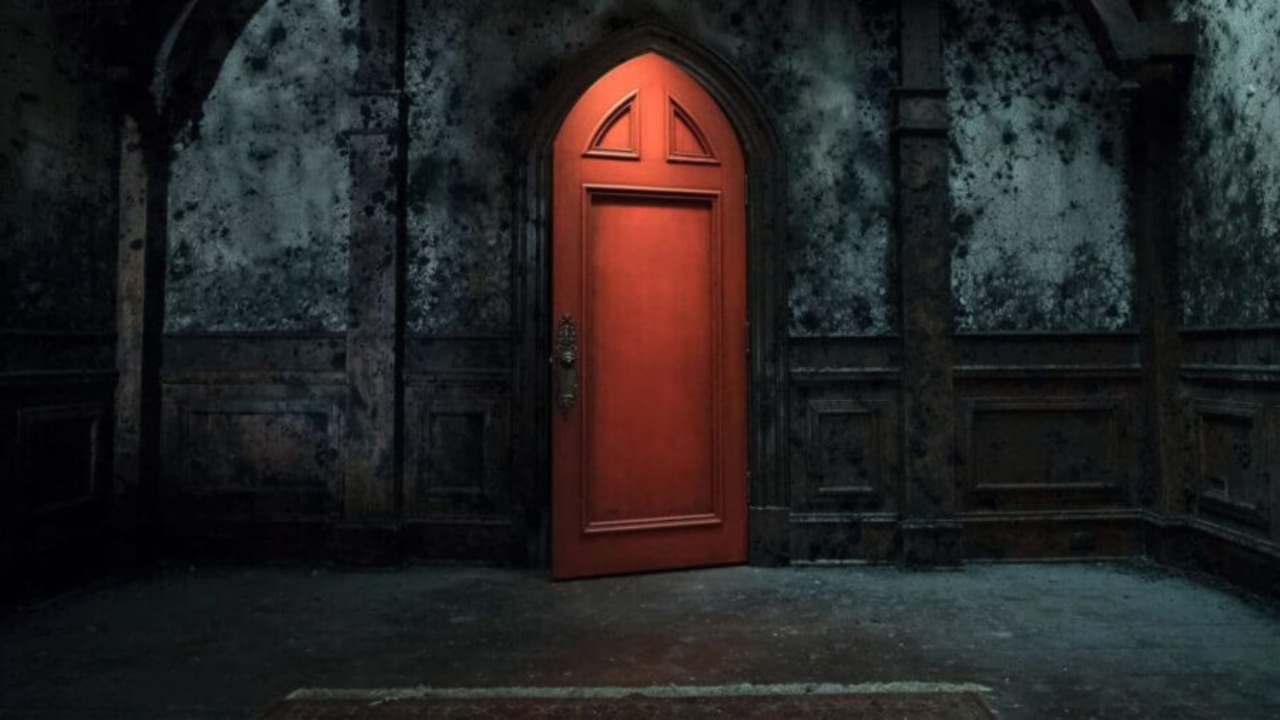The Haunting of Hill House finale left many viewers unsettled, dangling threads unresolved, even with the subsequent release of The Haunting of Bly Manor in 2020. The series finale provokes questions about the nature of Hill House, the mysterious Red Room, and the various ghosts inhabiting the mansion. To fully understand the ending, one must consider both overt plot points and subtle background details.
From the spectral figures roaming the hallways to the intricate psychology of the Crain family, the show blends supernatural horror with emotional trauma, making its conclusion both chilling and poignant. Fans seeking clarity about key mysteries like the bowler-hatted ghost or the Red Room’s significance are encouraged to engage with the series’ symbolic layers as much as its narrative.
The Red Room is central to Hill House’s sinister nature. As Nell’s ghost explains, it functions as the house’s “stomach,” digesting the psyche of those who enter. Unlike a conventional room, the Red Room manifests differently for each family member: a family room for Shirley, a dance studio for Theo, a toy room for Nell, and so on. Hugh Crain, who rarely saw ghosts, lacked a personalized Red Room, which explains his relative immunity to the House’s manipulations.
The room’s shape-shifting nature allows Hill House to infiltrate and manipulate the minds of its inhabitants, turning them against their own sense of reality. The Red Room, therefore, symbolizes the way trauma can be personalized and tailored to each individual, a horrifying extension of the house’s malevolent consciousness.
Hill House is teeming with spirits, each with a unique backstory. Central among them is Poppy Hill, the insane flapper who influenced Olivia Crain to believe her children were doomed outside the house, driving her to paranoia. Poppy’s husband William and their son also haunt the house, contributing to the terror.
Nell is tormented by the Bent Neck Lady, who is revealed to be her future self warning her family. Olivia’s ghost intermittently appears, especially to Luke and Shirley, while numerous minor ghosts Abigail, Luke, and various others populate the hallways. The series depicts ghosts as both literal undead and manifestations of past trauma, guilt, and fear, creating a complex supernatural ecosystem within Hill House.

William Hill’s Haunting Legacy and Hill House’s Psychological Ghosts Reflect Lingering Trauma
The tall ghost with a bowler hat is William Hill, Poppy Hill’s husband. His obsession with height during life translated into a towering specter in death. William’s life was defined by dysfunction, having met Poppy in a mental asylum where they eventually married. His descent into insanity led him to entomb himself behind a wall, with his cane and hat, which Luke later discovers. William’s ghost fixates on Luke after the boy steals his hat, establishing a long-lasting haunting. This ghost serves as a prime example of Hill House’s ability to project unresolved human obsessions and trauma, haunting not just spaces but the psyche of its visitors.
Not all apparitions are the undead. Some ghosts represent guilt, fear, or unresolved trauma. For instance, the man in the bar haunting Shirley is alive but symbolizes her regret. Similarly, Luke’s near-death experiences generate hallucinatory visions, illustrating that Hill House amplifies psychological stress and trauma. Hugh, too, sees a version of Olivia that exists solely in his mind, demonstrating how the house manipulates perception. These nontraditional ghosts reinforce the series’ theme that horror often stems from within, blurring the line between supernatural and psychological terror.
While the Crain siblings appear to achieve resolution Steve’s wife is pregnant, Luke is recovering, Shirley reconciles with her husband, and Theo is in a stable relationship the finale’s apparent happiness is nuanced. Showrunner Mike Flanagan intentionally avoided including the Red Room window in the final scene, which would have suggested the House’s lingering influence. This omission implies that the Crains’ escape from Hill House may be more metaphorical than literal. The ending balances catharsis with lingering unease, suggesting that trauma, though managed, never fully disappears.

Hill House’s Lasting Influence: Ghostly Hierarchies, Historical Evil, and Enduring Psychological Trauma
After the Crains’ story concludes, Hill House remains a malevolent presence. Hugh, Nell, and Olivia’s spirits continue to inhabit and monitor the mansion, controlling other ghosts to some extent. The show hints at a social hierarchy among the dead, with long-deceased spirits learning to navigate one another’s presence. This ghostly socialization adds depth to the House’s mythology, demonstrating that while Hill House’s living victims may leave, its influence endures through its spectral residents. Hill House, therefore, is both setting and character, an enduring symbol of unresolved past trauma.
Hill House’s construction in Gothic Revival style likely dates back to 1830–1860, built by Jacob Hill, who later committed suicide. This tragic event, combined with familial feuds between Hazel and Poppy Hill, created layers of resentment and psychic disturbance. Over decades, the accumulated bitterness of the Hill family seems to have infused the mansion itself, explaining its malevolence.
Although the series only hints at this history, supplementary accounts from linked sources provide context for the house’s dark legacy. The evil of Hill House emerges from human dysfunction amplified by supernatural conditions, blending historical trauma with spectral horror.
Several lingering questions remain, such as the source of the buttons on Nell’s eyes, Hill House’s resistance to fire, and why ghosts appear primarily at night. Olivia’s ghost is implicated in the posthumous button placement, while the House’s power allows it to defy physical laws like burning. Nighttime amplifies vulnerability, providing ideal conditions for Hill House’s manipulations.
Additionally, some ghosts, particularly Nell, demonstrate limited time-travel abilities, appearing to their younger selves or interacting across temporal boundaries. These mechanics underscore the house’s unpredictability and the blurred line between temporal and spectral phenomena.
There will be no direct second season of The Haunting of Hill House. Instead, Mike Flanagan reimagined the series as an anthology, leading to The Haunting of Bly Manor, which adapts Henry James’s The Turn of the Screw. While Hill House concluded its narrative, the show’s broader exploration of trauma, loss, and supernatural influence continues in Bly Manor.
The series’ legacy lies in its sophisticated interplay of horror and psychology, offering a model for how genre storytelling can blend emotional depth with traditional scares. By examining the Crains’ experiences, viewers gain insight into both literal hauntings and the enduring psychological shadows of grief and trauma.



